I remember very clearly from the IL-2 Sturmovik: Forgotten Battles days where the developers of that title, Maddox Games, managed to add in a type of WWII fighter I knew nothing about. Never even heard of it. The IAR80 and IAR81 was a complete surprise to me and the later model, the IAR81, ended up becoming cult-favourite among some virtual pilots. A decade and a half later and 1CGS have added this “forgotten fighter” to the Great Battles Series for yet another appearance and it’s well past time I reviewed it.
A bit of history

The Romanian Government subsidized the creation of three aircraft manufacturers in the 1920s and 1930s to help ensure that the country would have a supply of aircraft in any future conflict. Industria Aeronautică Română (or IAR) was one of three companies created to meet the future need. By 1930 a requirement for a new fighter was issued and although IAR did not win the contract with their own design, they did win a license to produce Poland’s PZL P.11 and then later the PZL P.24. This together with licensing to build the Gnome-Rhone 14K engine put IAR in a position to learn and study available designs for their own project.
Developed using elements of the PZL.24, the IAR80 copied the tail from the Polish fighter but used its own unique fuselage and wing. A prototype was constructed in late 1937 and initial testing revealed performance that was respectable for modern fighters though not quite as good as the Spitfire and Bf109 designs that had emerged. The IAR80 competed against the He112 and IAR ultimately won the contract to product 100 of the fighter with additional orders flowing as war broke out.
Numerous modifications to the aircraft’s equipment and armament were made throughout the course of production. The initial FN machine guns from Belgium were cut off when Germany invaded that country but supply was later restored. Other FN heavy machine guns and German MG-FF and MG151/20 guns were also added to the design.
In a showcase of the type’s flexibility, IAR also modified the IAR80 into a dive bomber when supplies of the Ju87 Stuka were initially not made available. It was even fitted with a very similar sling mechanism used on the Stuka to drop the bomb clear of the airframe.
The IAR served throughout WWII. It initially saw combat on the first day of Operation Barbarossa and later served in the Battle of Stalingrad and the opening months of the Battle of Kuban. It was then withdrawn to Romania for air defense duties in mid 1943. Here they did battle with the USAF and fought notable battles against P-38s and B-24 bombers on long range bomber sorties against the oil refineries installation around Ploiești. Initially successful, the increased pace of the campaign whittled down the small fleet of aircraft and by July 1944 all were withdrawn from combat.
Visuals and sounds
The visual work on the IAR is very impressive. This is a third party effort but the artist has taken great care to research and develop the aircraft as best as possible and it matches well with aircraft from the rest of the series. Visually it doesn’t stand out which is actually a good thing because it fits in with the standards established. It generally looks good, the instruments are all very readable and useful, and everything in and out of the cockpit appears to be animated. No complaints here!
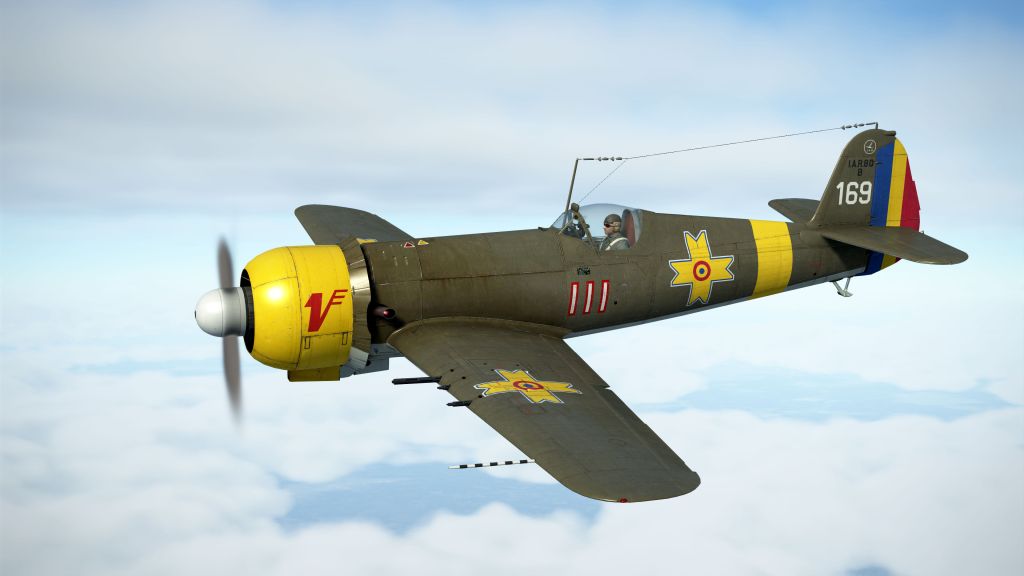
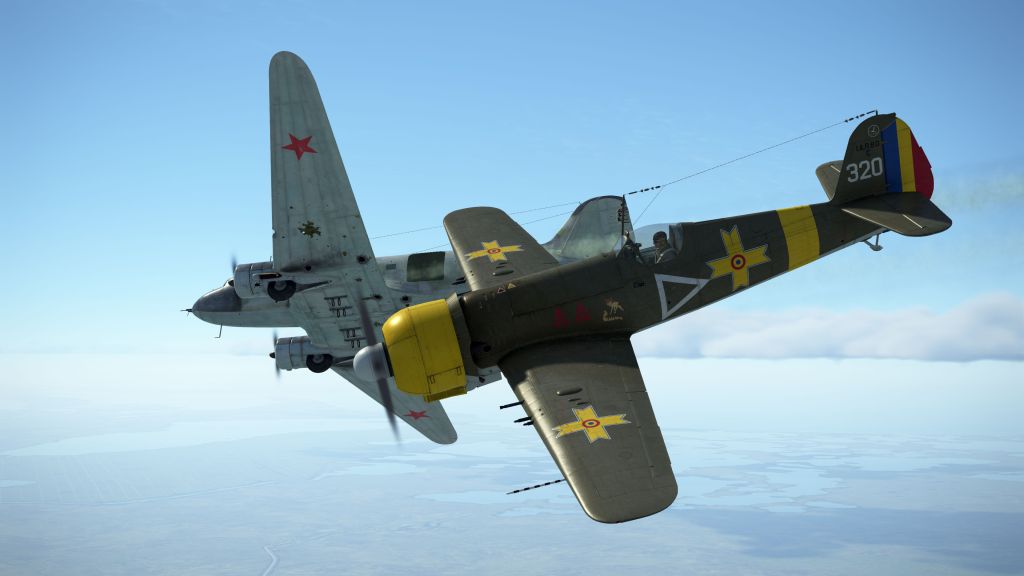
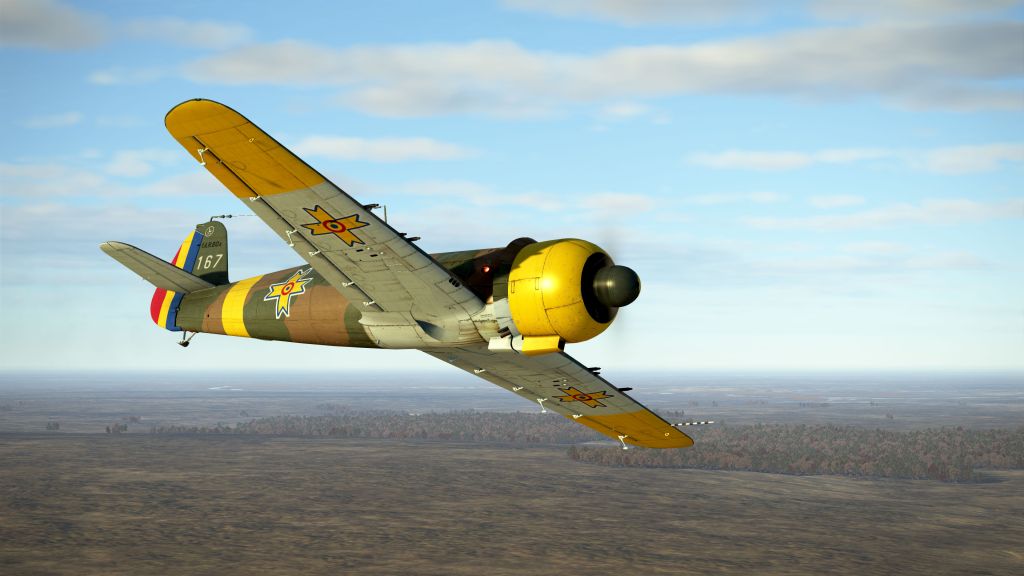



The shorter IAR80-A and longer fuselage 80-B are listed separately (though purchased together) and have their own skin templates and array of available liveries. Some are quite similar with generic default, alternate, 1942 and 1943 variants plus some uniquely marked personal aircraft from history. It’s a good mix and the generic versions of course make use of the tactical code system so that they can be custom marked. This is a limited option to just numbers on the tail so not quite as unique as some of the other aircraft in the series.
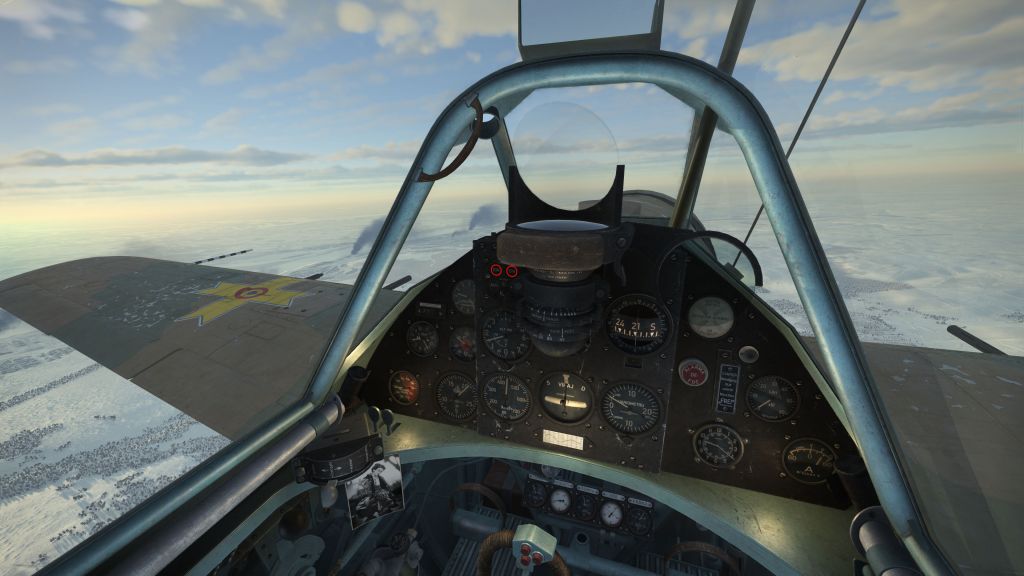

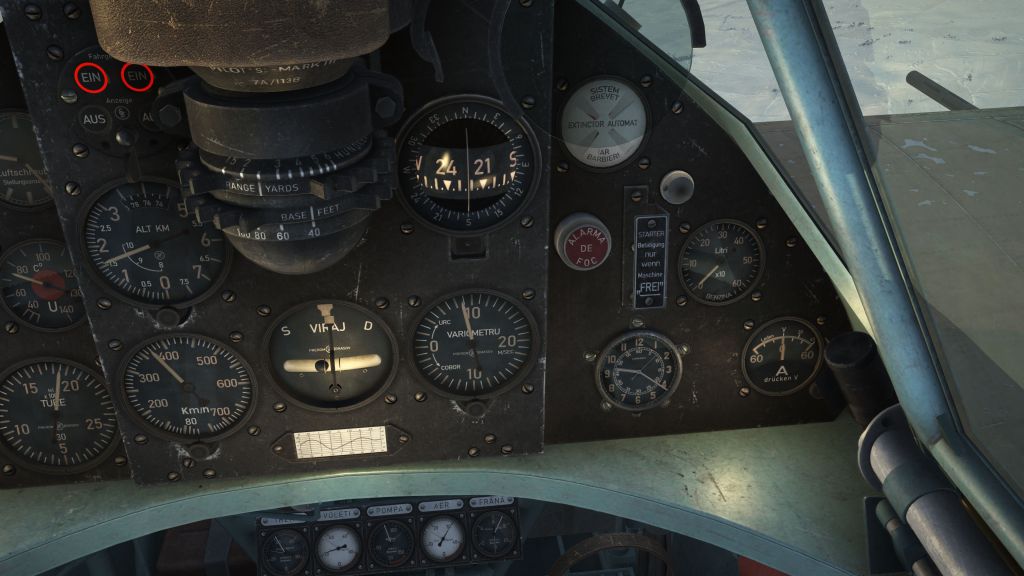
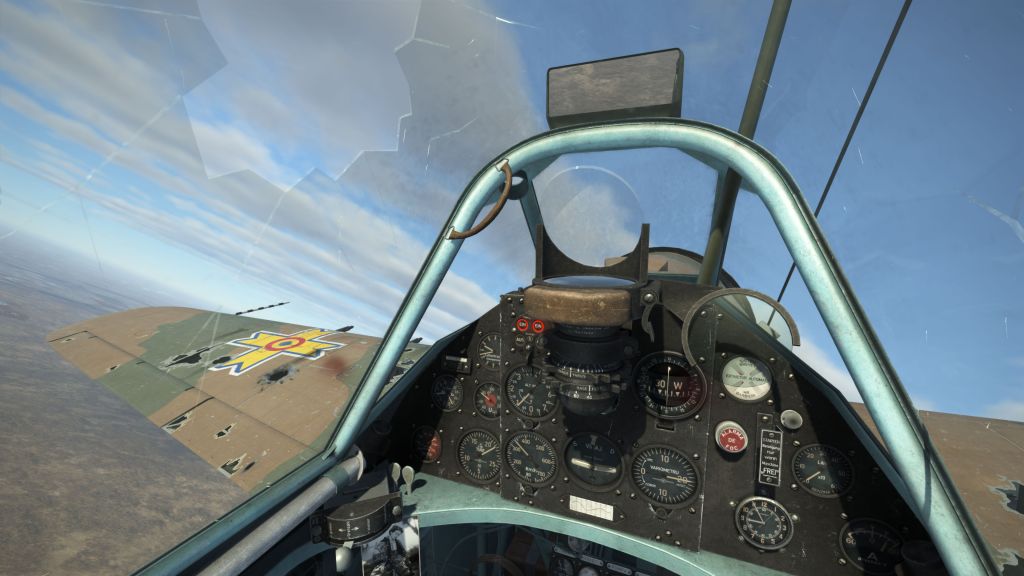
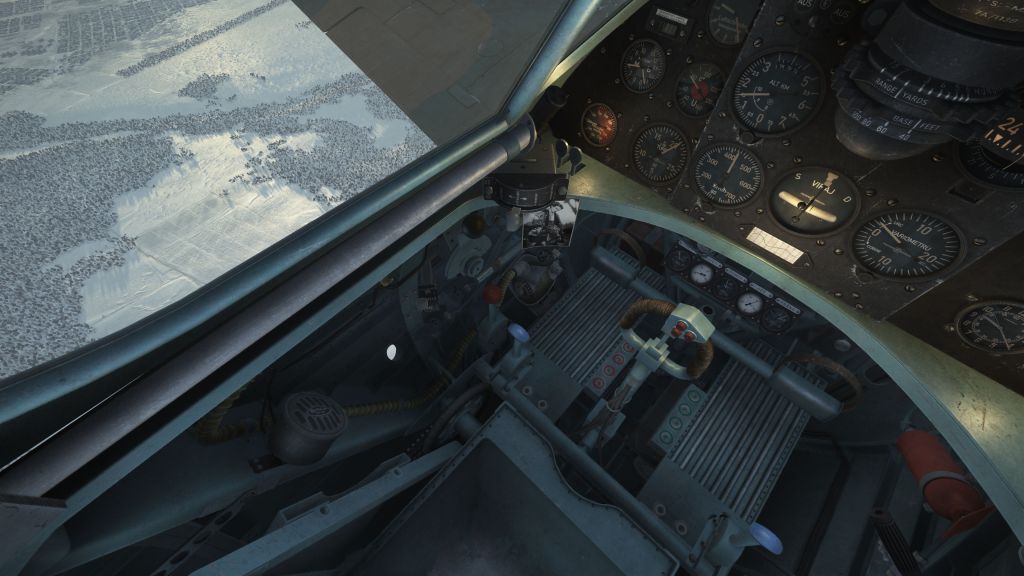
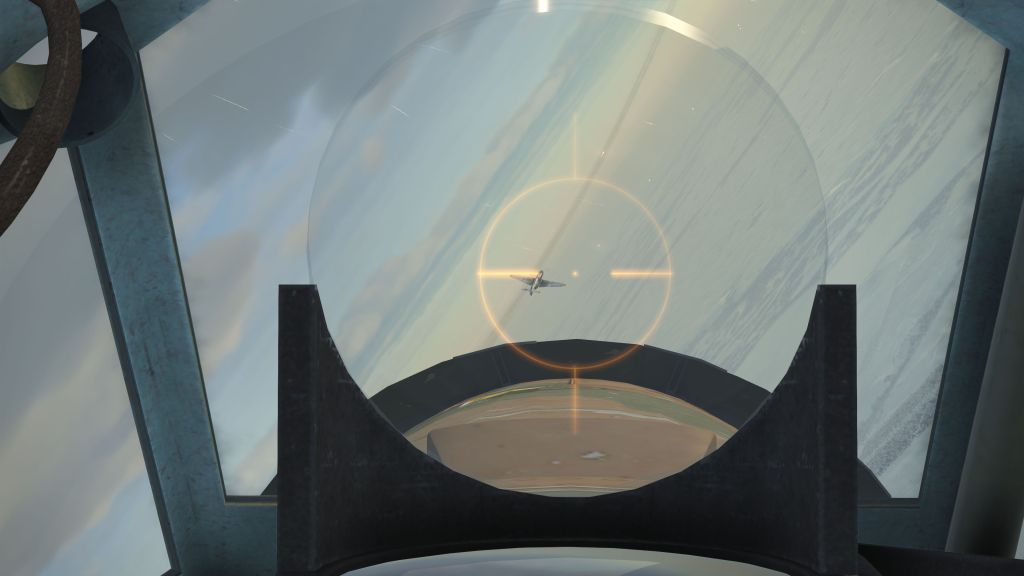
On the sound front, everything you hear in the cockpit is standard IL-2 fare. I am impressed, however, with how well tuned the engine sound is with the effort that the engine is putting in. You can tune your propeller pitch control based on sound alone if you need to which is a really good feedback mechanism. The exterior sounds are very quiet for some reason.
Available variants
The numbers and variations on the IAR80 and 81 series are numerous and significant with the type seeing several modifications through the years that it served. Some airframes were modified from other airframes while others were built new to the latest standard. It created a bit of a mishmash of types but it was made workable under the conditions of war.
IL-2 breaks these variants down into two key types – a short fuselage version and a long fuselage version – the IAR80-A and IAR80-B. From there, the modifications system lets you further configure the aircraft with selectable variants that bundle armament and systems changes. By and large, the aircraft and the cockpits are the same but the armament changes as does the canopy hood style.
IAR 80-A “Short version”
- IAR 80 with six FN Browning 7.92mm
- IAR 81 series 151-175 with FN Browning 7.92mm, centerline SC250, wing SC50, tail struts and sturdier flaps
- IAR 81-B series 181-200 with four FN Browning 7.92mm, two FN Browning 13.2mm, hew headrest, sturdier flaps
- IAR 80-M with two FN Browning 7.92mm, two MG151/20
IAR 80-B “Long version”
- IAR 80 with four FN Browning 7.92mm, two FN Browning 13.2mm
- IAR 80-C series 251-290 with four FN Browning 7.92mm, two MG-FF/M, tail struts, new air filter, second oil cooler, sturdier fuselage and flaps
- IAR 81-C series 301-450 with two FN Browning 7.92mm, two MG151/20, available SC250 and SC50 bombs on center and wings, tail struts and flaps
Flying the IAR


If there was a plane that needed you to do a bit of extra reading before hopping in (in IL-2 at least), its the IAR. This aircraft is a bit like the P-47 or the Hs129 where you need to understand the engine and the cockpit mechanics to ensure that you’re flying the aircraft to the best of its potential. If not, you’re not going to be all that combat effective.
The aircraft has no automatic RPM control and is not using a constant speed propeller system like most aircraft in the series. You need to manage the RPM directly and often quickly adapting to different situations (climbs and dives) to get the most out of the engine on the one hand and prevent damaging or destroying it on the other. On the flipside, the aircraft does have automatic mixture control so you can put it at 50% and leave mixture alone after you’re up and flying.
Managing the cowling flaps, which are quite obviously open or closed on the nose ahead of you, is essential to managing the engine cooling too. They also provide a visual obstruction so managing temperatures can come at the expense of what limited over the nose visibility.
Takeoff and landing are generally easily done, relative to other warbirds, but if you get the engine power settings wrong you can find yourself swinging around a bit on the runway. Getting to know when the torque kicks in and when the rudder becomes effective is important. Unlike many Axis aircraft, the IAR use a single brake control with rudder controlled differential for the braking so that may throw some people off if you aren’t used to flying Russian or some British aircraft with a similar system.
The differences between the IAR80-A and 80-B feel minimal to me as far as handling is concerned. I don’t think I could tell the difference between them after flying both back to back.
All of this adds up to an aircraft that is easy to handle but a bit difficult to manage and the constant need to stay ahead of the engine’s RPM control will be a challenge for some or even most virtual combat pilots.
IAR in combat
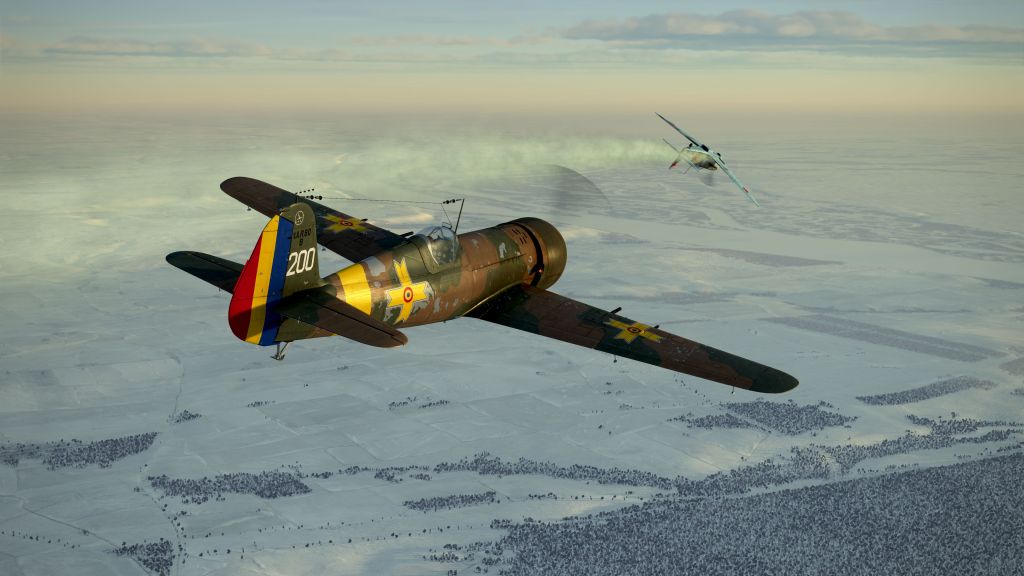
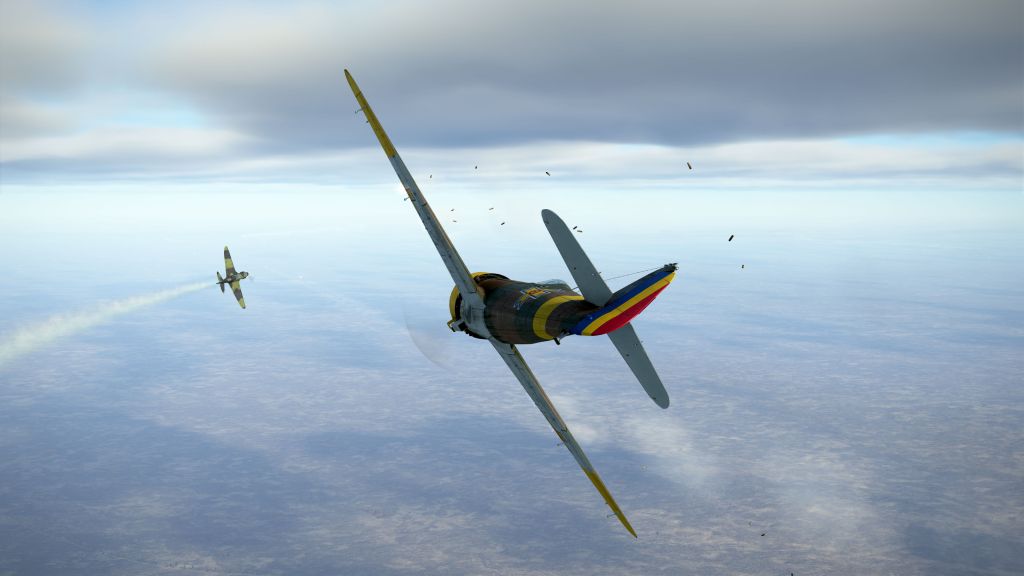
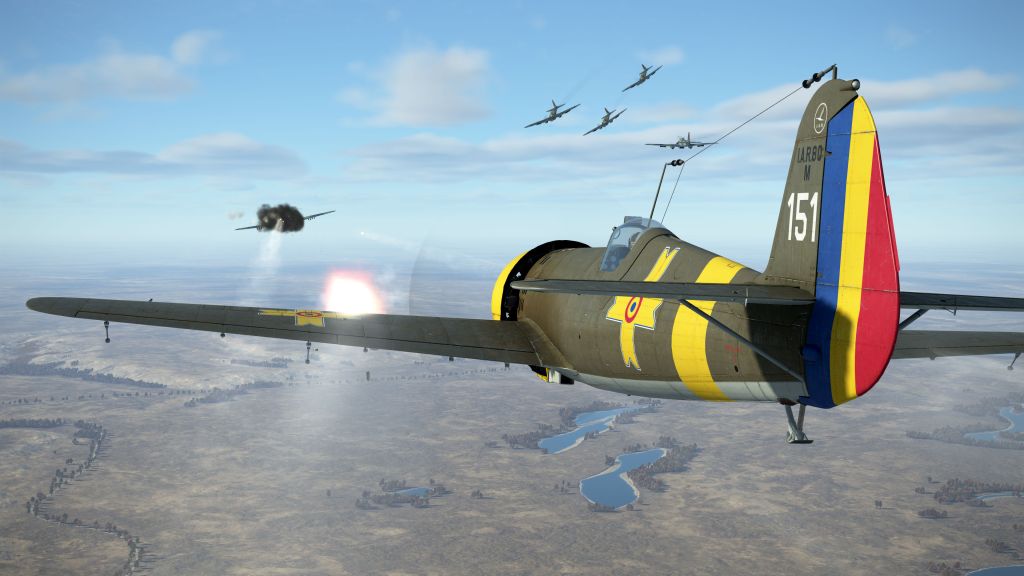

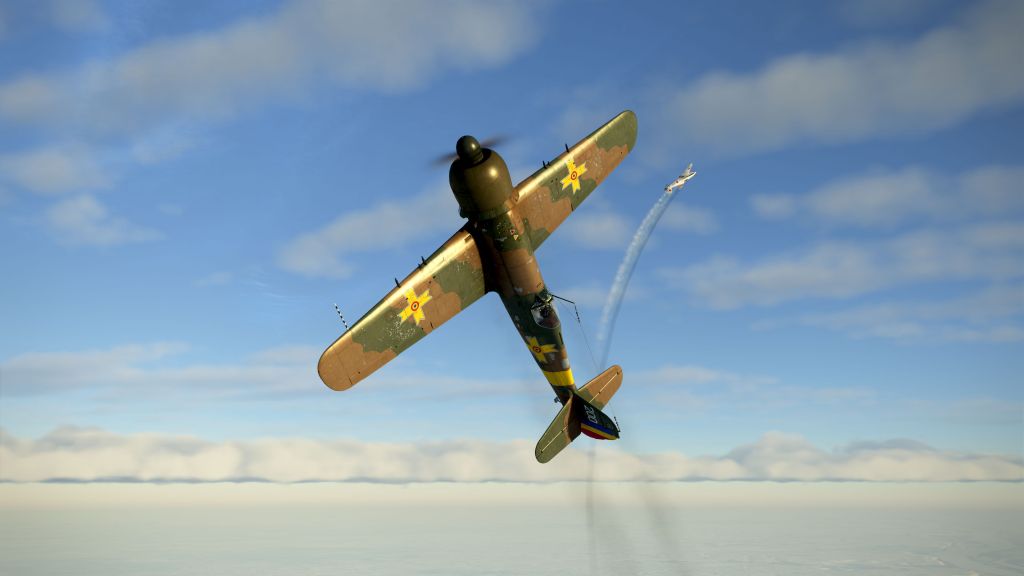
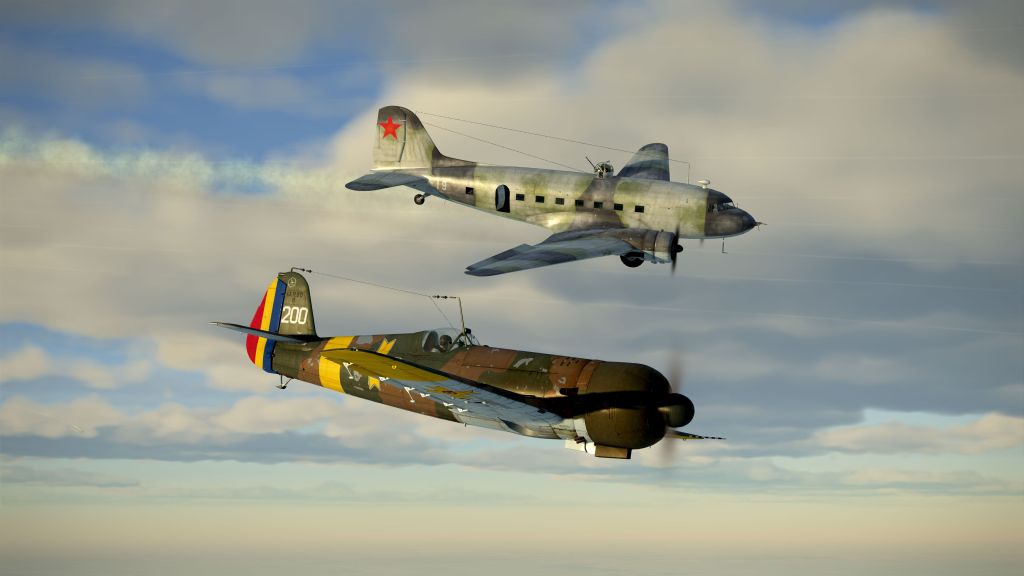
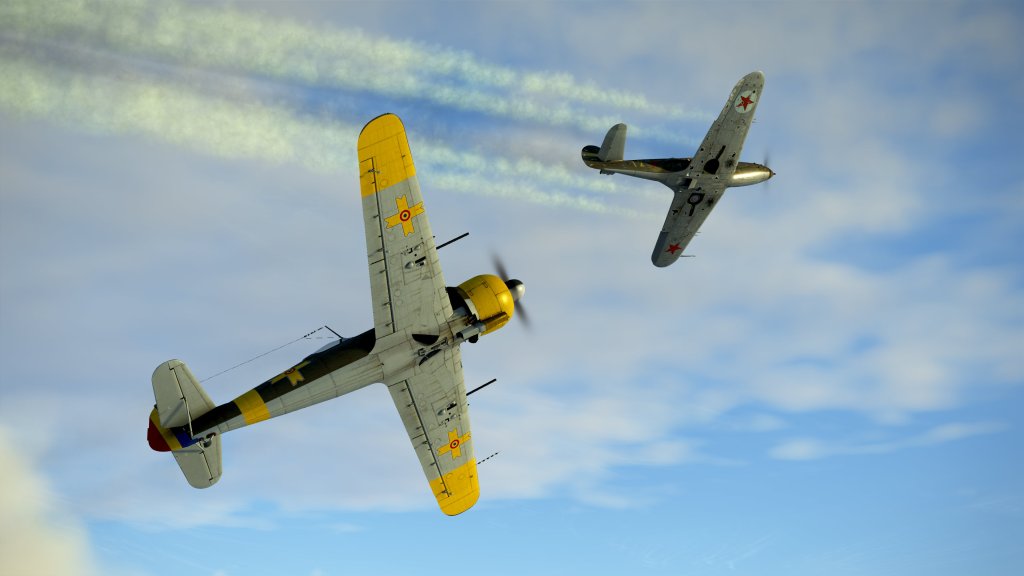

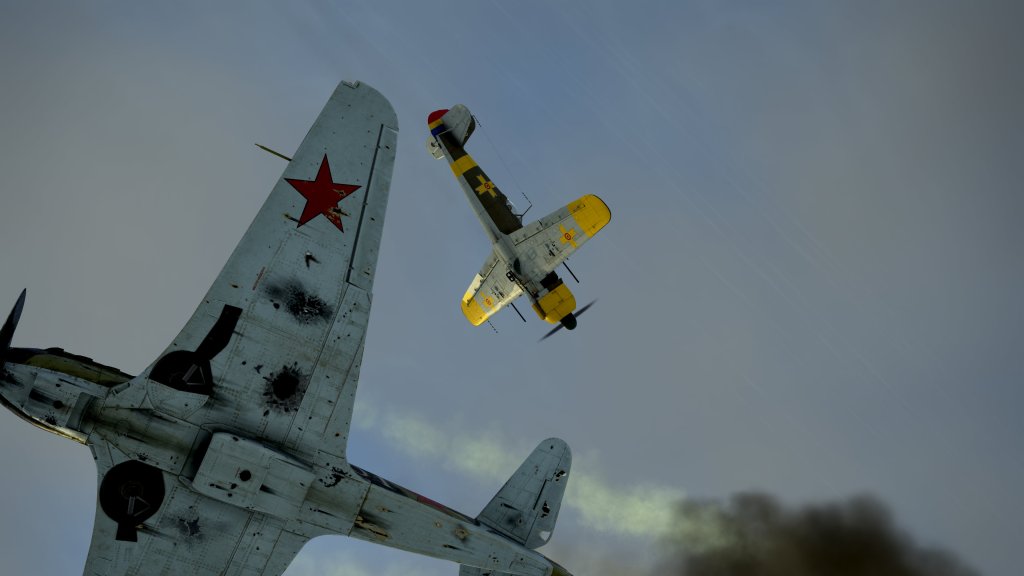
The IAR is not going to win any “uber plane” contests. Its not the best in all categories in its time period and often times its a bit of an underdog. Its most competitive in the late 1941 and 1942 time period being able to roughly match aircraft like the I-16, MiG-3, and Hurricane Mark II. It often finds itself fighting the Yak-1 and LaGG-3 which its not too far behind in overall capability.
The IAR has average climb and turn capabilities but it does have confident roll rate at lower and medium speeds with it slowing up considerably at high speeds. It can’t come anywhere close to the I-16s incredible roll rate but its competitive with the rest of the aircraft that its fighting.
The aircraft is fairly quick to depart into a stall, however, its not an overly violent wing over stall like a Fw190 or a MiG-3 so in that respect its relatively controllable. Even if it does stall, quick control reactions can enable you to recover quickly with minimal fuss. Its not good enough to get out of a gunsight but it is good enough that you can make a mistake and still potentially retain advantage in a tight fight.
Aiming over the nose, particularly when the radiator cowling flaps are open, is not easy which makes deflection shooting particularly hard over the long nose. Even with the flaps closed or mostly closed you will still struggle to pull lead without losing the target aircraft beneath your vision. The guns are out on the wings too which of course makes aim a bit harder than with the aircraft that have the nose gun configuration.

What happens when you pull the trigger is very dependent on the modification that you’re flying. The six light machine gun variants are almost useless against well protected aircraft. An IL-2 of any model can soak up dozens or potentially hundreds of hits from the six fast firing machine guns and still make it home. A Switch to the heavy machine guns gives you more potential at doing some damage. Go to the MG-FF or MG151/20 armed variants and now you have an aircraft that can cause some significant damage in just a few hits.
Even with the cannon armed versions, I find my ammunition supply runs dry very quickly and you may only have enough ammunition for downing one or two aircraft before its time to head home and rearm.
As a fighter, the IAR80/81 isn’t all that competitive after 1942 when it comes to online battles. If you do hop online into a battle with 1944 aircraft you will find that you are at a disadvantage in nearly every category. Fortunately, the aircraft does have a secondary fighter-bomber role that includes a dive bomber function complete with a sling-toss bomb mechanism similar to the Ju87s. That makes the IAR into a credible fighter-bomber with enough firepower, thanks to a decent bombload, to damage a target area and enough capability to provide some measure of self defense throughout many campaigns.

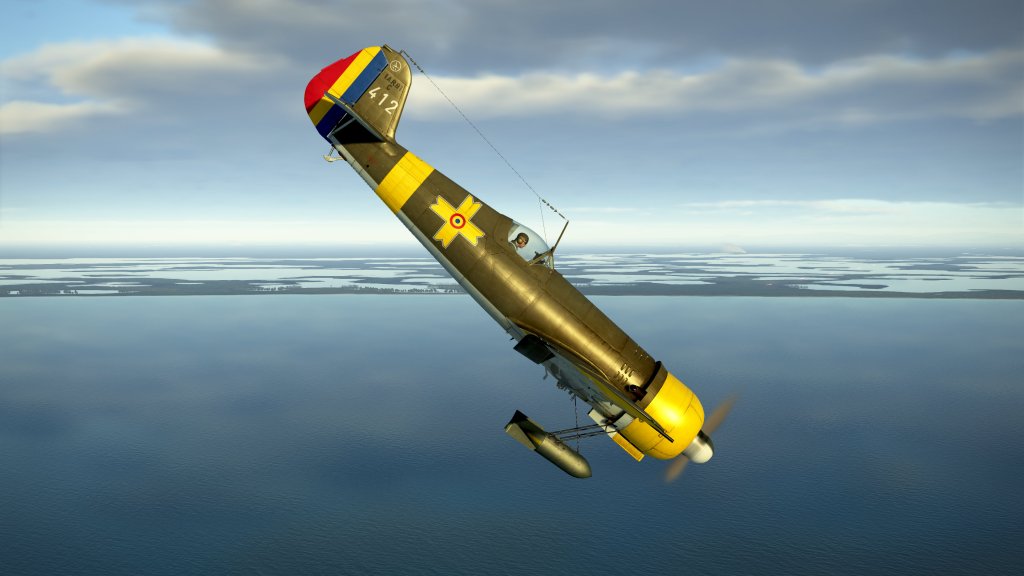

Content options
The IAR80/81 is fully flyable in the quick mission battles and on the Stalingrad and Kuban maps for both the advanced quick mission builder and in Career mode. That does limit it to just those scenarios of course but it fits the historical times that the aircraft was flown there.
You’ll find the IAR80/81 flying a mix of sortie types that includes ground attack so if you like variety, this aircraft will give that to you.
I should mention too that the IAR80 has picked up a free campaign released on the forums recently that boosts the appeal of the airplane too.

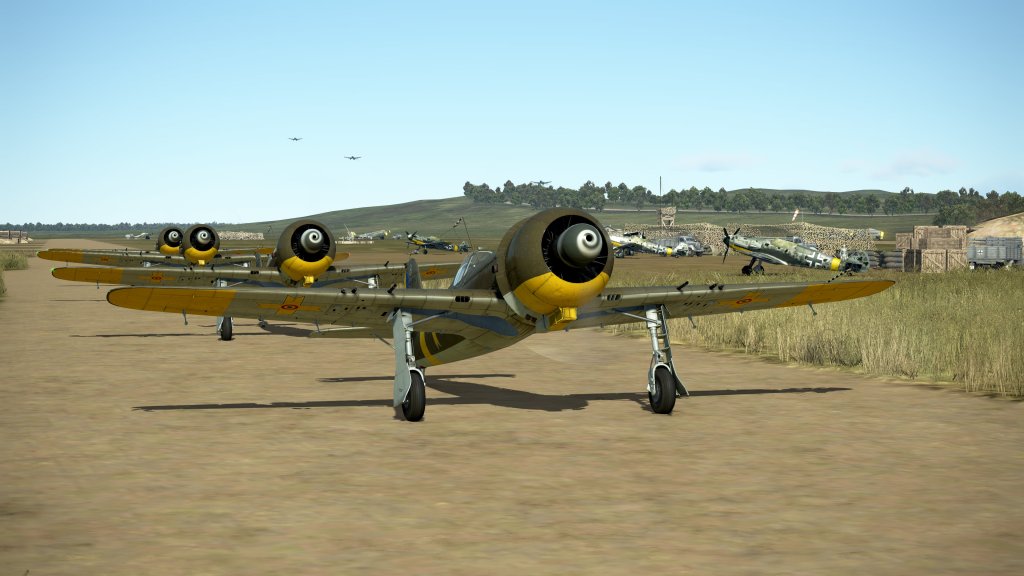
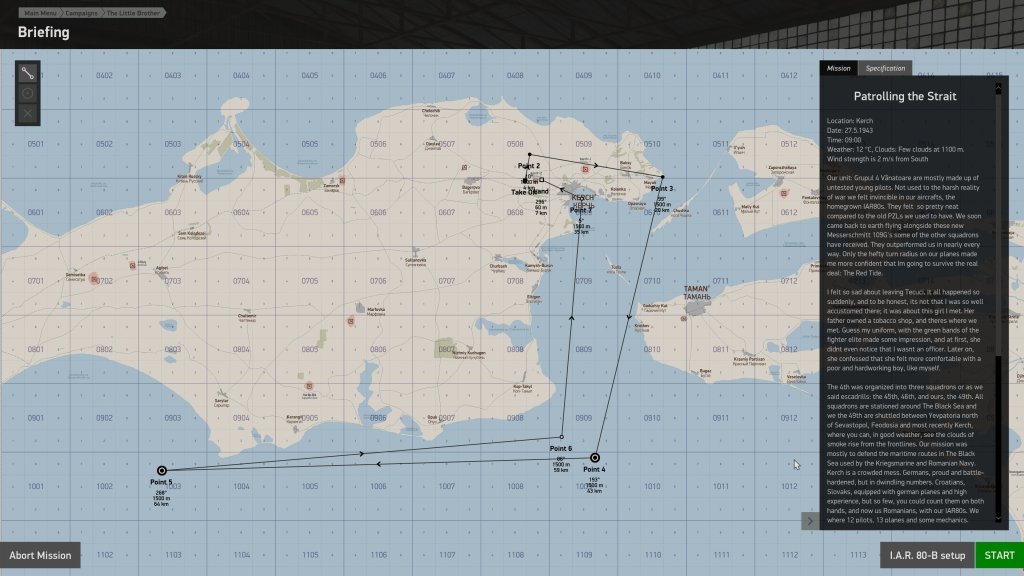
Final thoughts
I’m really pleased to see this aircraft added to the IL-2 series line-up. After quite a few variants of existing types being added in recent years, the arrival of the IAR80 and 81 represent something almost entirely unique. Yes, its engine management make it harder to manage and that may be off-putting for some folks, but it also adds to the charm of the airplane too. This is more of a specialists airplane and its not one that will convince many Bf109 pilots to put down their favourite mount but it does make for good variety in Axis types that have been typically constrained to just one of a couple of types.
I also have to commend 1CGS and the third party author who created the airplane for really doing it justice. We have most or all of the key variations of the IAR done in a way that I don’t think we’ve seen in any other sim. With short and long fuselage versions coupled with dozens of armament and modification combinations, the IAR80/81 give us a good historical overview of everything that the IAR was throughout its combat history.
The IAR80/81 Collector Plane is available for individual purchase from the IL-2 store and from Steam for $24.99 USD.
Screenshots










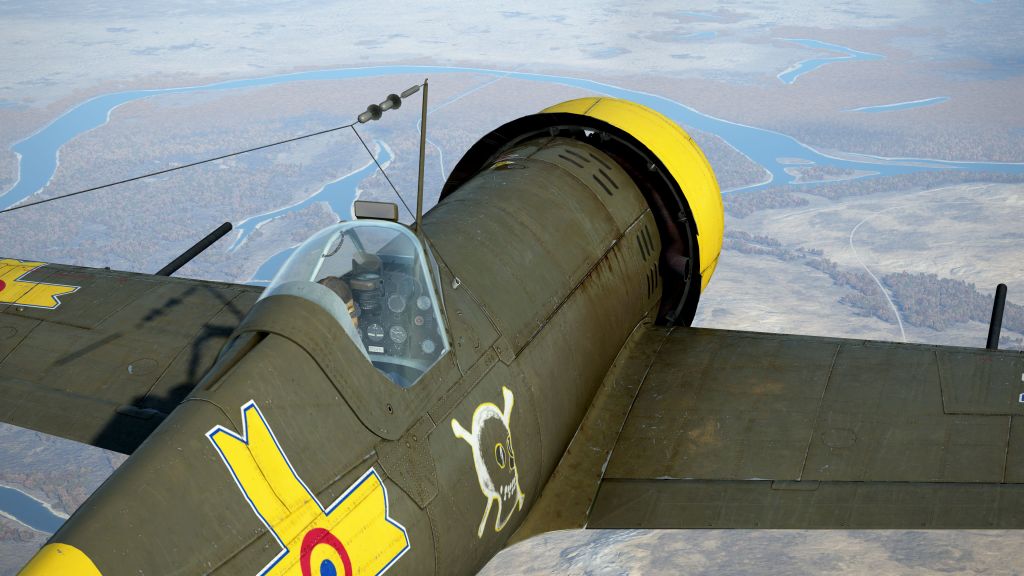




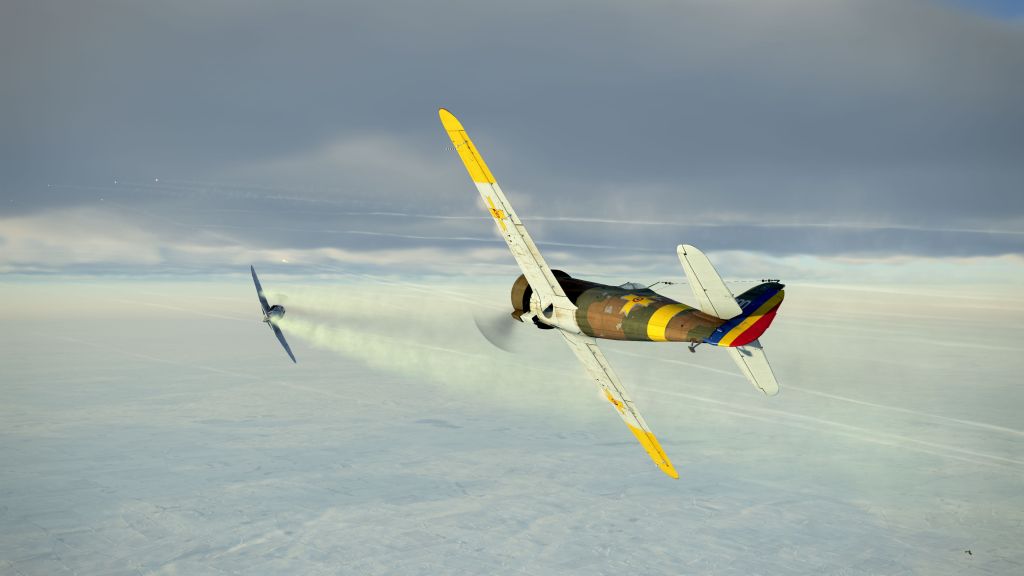

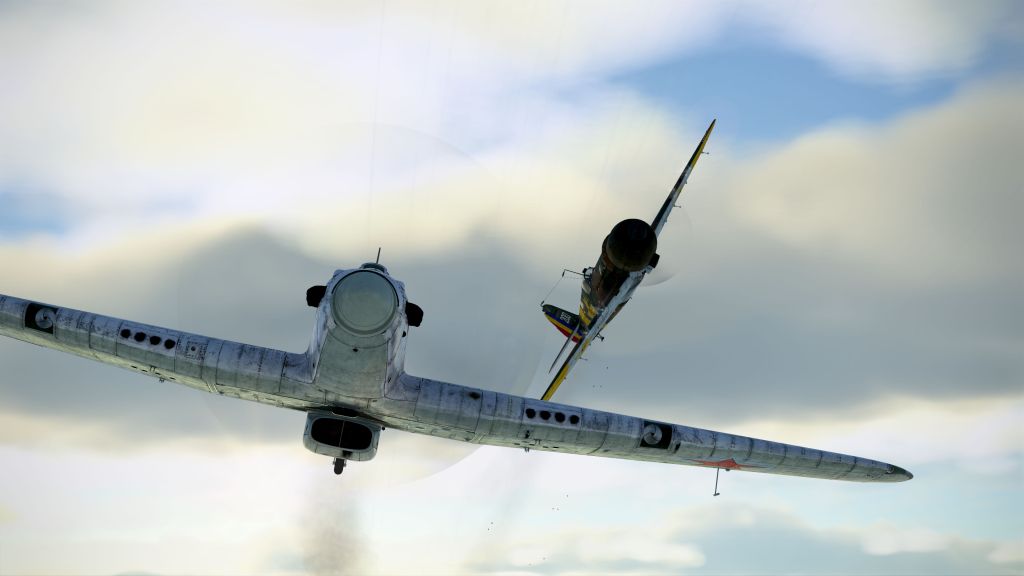
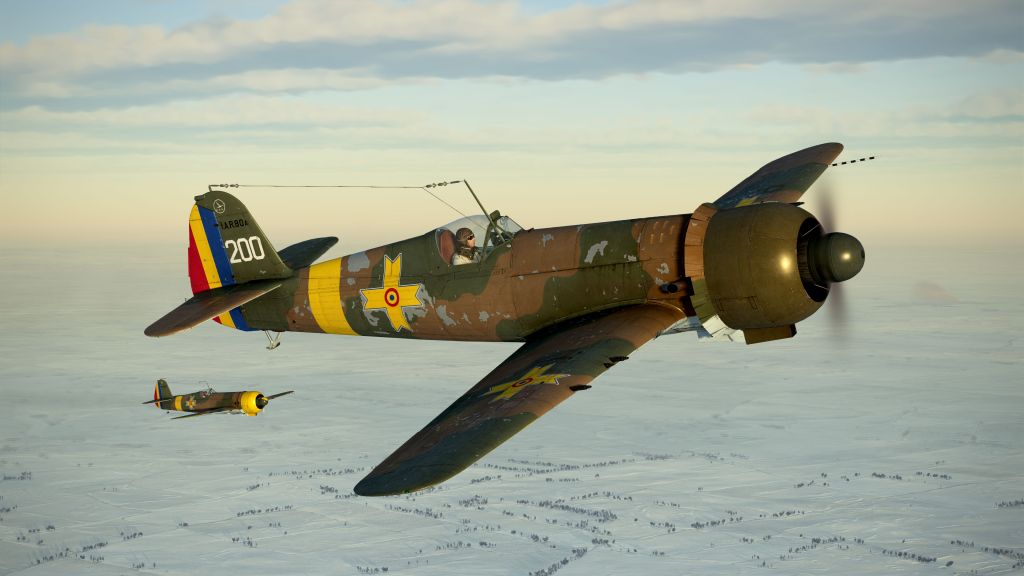




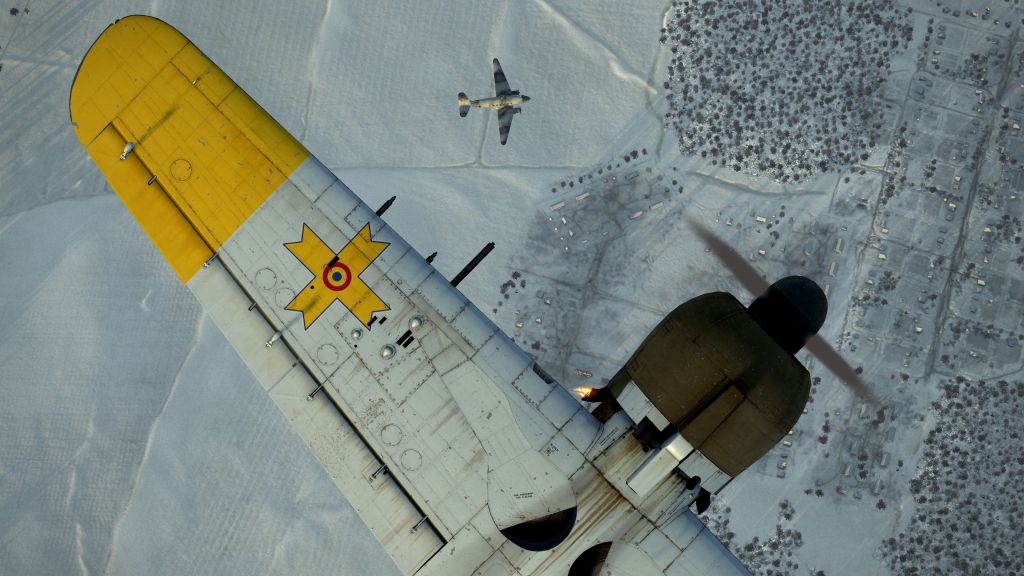








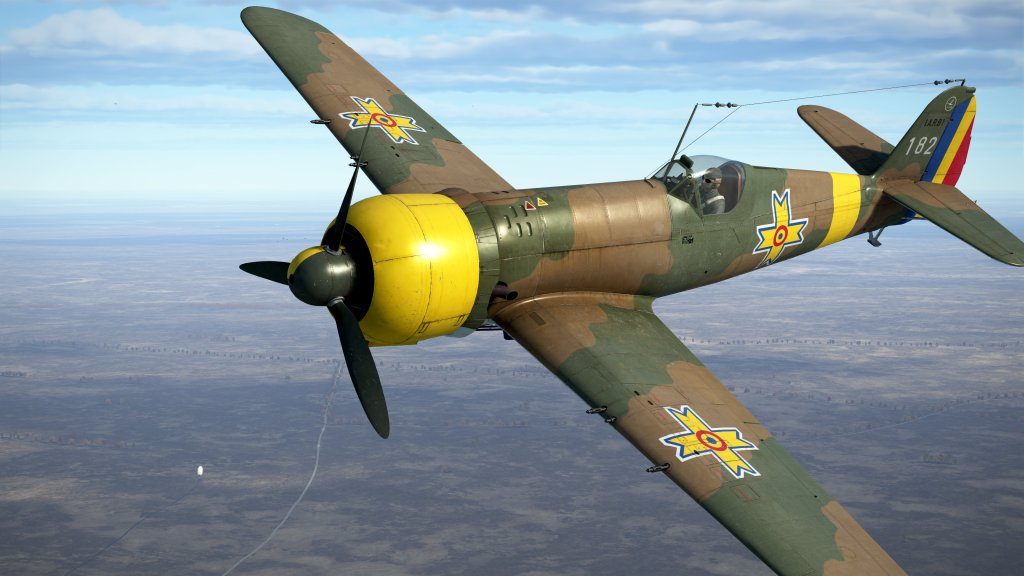

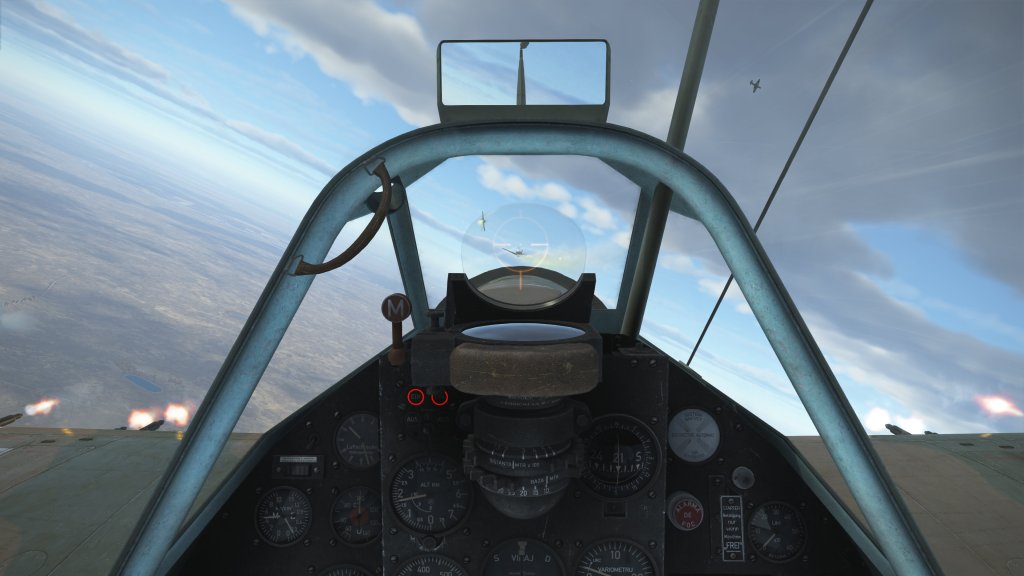


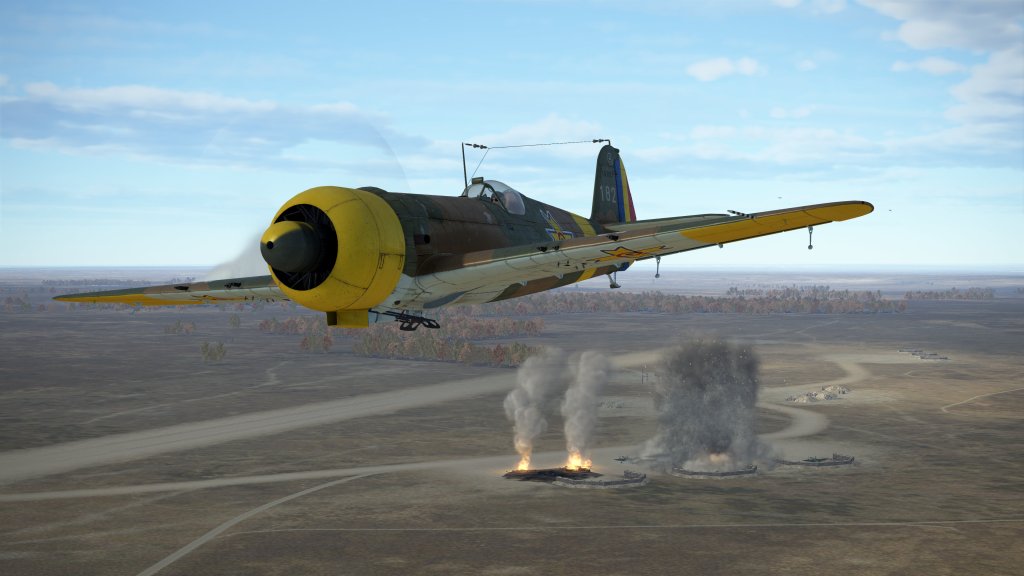





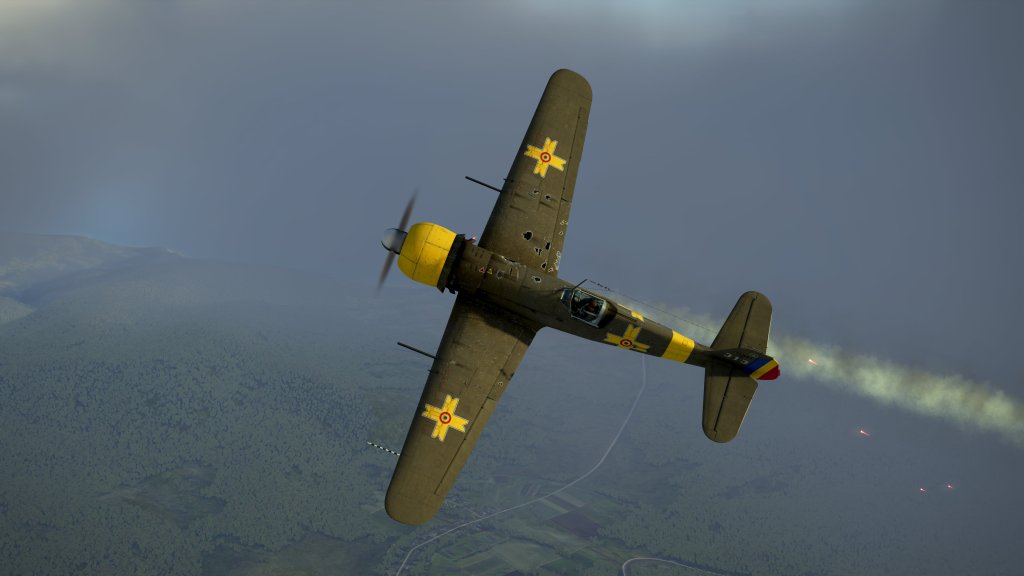

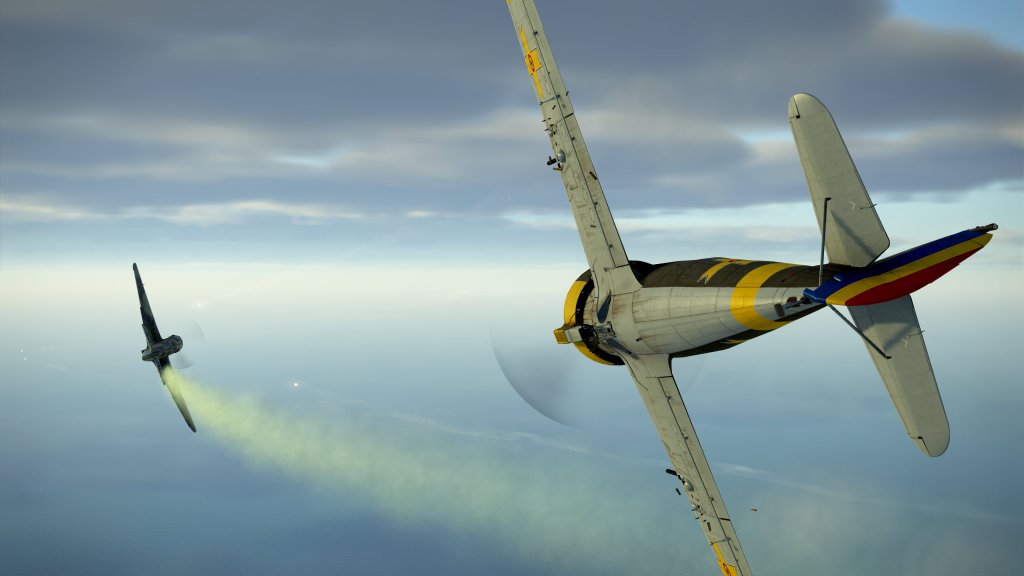






GREAT cover shot – beautifully captured!
Thanks for writing this up. I would’ve previously skipped this aircraft, but your review has me very interested. 🙂
Glad to see the devs bringing truly stand-alone and uncommon types to the game rather than another sub-variant of a type already in the game.
As you say, it looks like a high quality rendition and though it’s an underdog, I appreciate your notes on it’s alternate use as a strike fighter.
LikeLiked by 1 person
Glad you enjoyed the read! I think the IAR may have slipped under some folks radar’s when it came out but its well worth a look. Its not the easiest to get into but I love the variety that it brings. It’s the antidote to another 109 or 190.
LikeLike